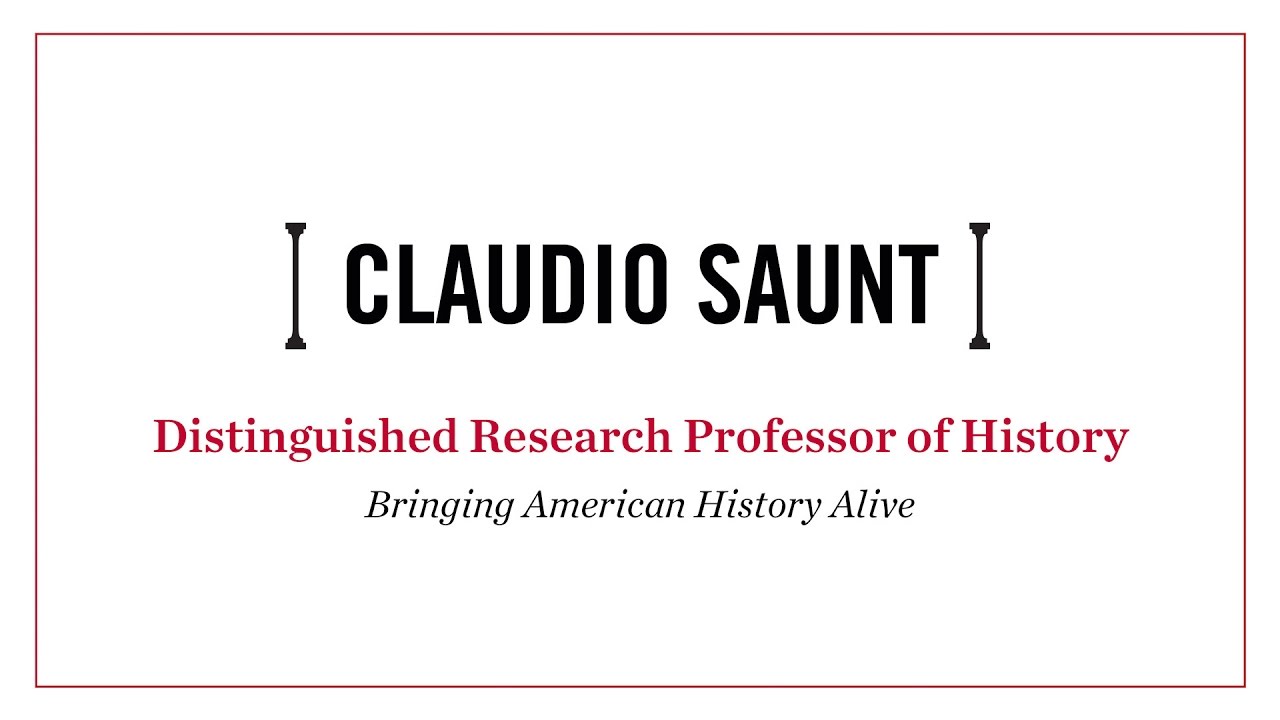The quantum world is the subject of a series of weavings created by Katlin Shae, a graduate student who will earn an MFA in sculpture in May.
The weavings center around images from a realm of physics that Shae never studied formally but has always found fascinating. She traces her interest back to childhood stargazing, including a school assignment to watch a meteor shower. Interest in the immensity of the cosmos led her to seek its opposite—and to contemplate her place in the world.
“We have this ever expanding universe, one of the largest scale entities we can imagine. And the total opposite of that is the quantum world, the tiniest scale entity that we can imagine,” she says. “We’re situated between that teeny tiny scale and this super massive scale.”

For her weaving of the CERN Large Hadron Collider, Shae used a process called pre-woven painted warp. First she wove a simple structure with white thread and painted it. Then she took the weaving apart, placing the painted warp—or vertical—threads onto a TC1 (Thread Controller 1) loom to be rewoven with weft, or horizontal, threads. Black thread was woven in last; it’s the only color that was not painted onto the thread.

Shae’s other weavings include subjects like particle collision and the Higgs boson. The series won second place in the graduate category of the 2017 Capturing Science Contest, sponsored by UGA Libraries and the Office of Research.
The contest—the university’s first—challenged participants to explain a STEM concept to a broader audience. It garnered 72 submissions that included paintings, clothing design, poetry, animation, children’s books, podcasts and board games, among others.
Shae’s weavings will be displayed at the Science Library through June. She hopes they will allow viewers to access complex ideas through the use of a visual language.
“The goal is to share the wonder and awe that I have for systems that are happening all around us,” she says. “If I could make one other person excited about any of these things—about STEM concepts, about quantum physics, about the cosmos, about their place in the world—then that would be success.”









